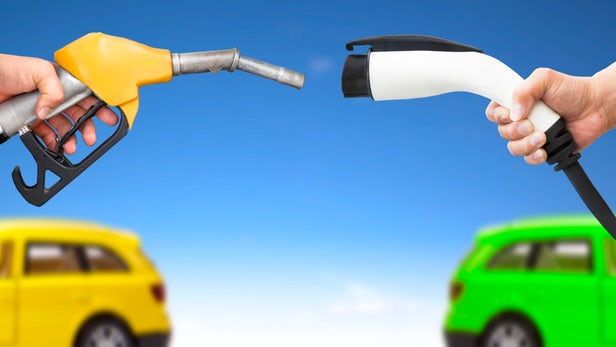
Breaking News
 Battleborn Batteries Responds! Their Overheating Device is a "Feature" not a "Problem
Battleborn Batteries Responds! Their Overheating Device is a "Feature" not a "Problem
 Actor Liam Neeson Outs Himself as MAHA After Narrating Pro-RFK Jr. Documentary Slamming...
Actor Liam Neeson Outs Himself as MAHA After Narrating Pro-RFK Jr. Documentary Slamming...
 Kyle Rittenhouse announced on social media Wednesday that he has tied the knot.
Kyle Rittenhouse announced on social media Wednesday that he has tied the knot.
 JUST IN: President Trump Grants Tina Peters Pardon
JUST IN: President Trump Grants Tina Peters Pardon
Top Tech News
 Build a Greenhouse HEATER that Lasts 10-15 DAYS!
Build a Greenhouse HEATER that Lasts 10-15 DAYS!
 Look at the genius idea he came up with using this tank that nobody wanted
Look at the genius idea he came up with using this tank that nobody wanted
 Latest Comet 3I Atlas Anomolies Like the Impossible 600,000 Mile Long Sunward Tail
Latest Comet 3I Atlas Anomolies Like the Impossible 600,000 Mile Long Sunward Tail
 Tesla Just Opened Its Biggest Supercharger Station Ever--And It's Powered By Solar And Batteries
Tesla Just Opened Its Biggest Supercharger Station Ever--And It's Powered By Solar And Batteries
 Your body already knows how to regrow limbs. We just haven't figured out how to turn it on yet.
Your body already knows how to regrow limbs. We just haven't figured out how to turn it on yet.
 We've wiretapped the gut-brain hotline to decode signals driving disease
We've wiretapped the gut-brain hotline to decode signals driving disease
 3D-printable concrete alternative hardens in three days, not four weeks
3D-printable concrete alternative hardens in three days, not four weeks
 Could satellite-beaming planes and airships make SpaceX's Starlink obsolete?
Could satellite-beaming planes and airships make SpaceX's Starlink obsolete?
Water-stabilized hydrogen fuel promises twice the range of gasoline at half the price

Israeli-Australian company Electriq Global's new technology stabilizes hydrogen in a recyclable liquid that can be pumped and transported just like gasoline. That's huge news, because it enables long-range electric driving with fast refueling – and it plugs right into the existing fuel logistics model.
Plenty of people want to move on from gasoline and diesel. Some are environmentalists, some want to stop supporting the geopolitics of oil, some like the lightning-quick performance potential of electric motors. Whatever the reason, the fuel that powered the 20th century seems unlikely to maintain its transport lead through the 21st.
But today's alternatives to fossil fuels all have their difficulties. EV batteries, for example, are heavy and expensive, they can struggle with heat, and they take an uncomfortably long time to charge, which many consumers aren't willing to deal with on longer trips.
Mind you, batteries are significantly better than straight-up hydrogen, which is energy-inefficient to produce, difficult to store and transport, and adds explosive potential to crashes. Hydrogen's main selling point is its ability to fit into current fuel distribution infrastructure; you can pump it into a car like gasoline, so if gas stations started carrying it, you'd be able to fill up anywhere.

 First totally synthetic human brain model has been realized
First totally synthetic human brain model has been realized Mach-23 potato gun to shoot satellites into space
Mach-23 potato gun to shoot satellites into space





